

New York’s LaGuardia Airport is in the news for its glamorous new Terminal C. At 1.3 million square feet, the new home of Delta Airlines includes floor-to-ceiling windows and a combination of modern lounges, baggage claims, and restaurants. However, in the 1940s LaGuardia Airport was the global hub for a different short-lived luxury aerial technology: the flying boat.
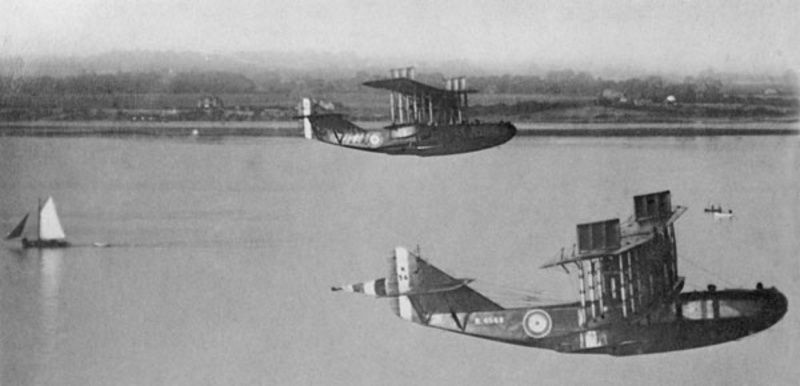
Flying boats, also called floatplanes, were aircraft that could only land on water, but instead of using pontoons like a modern seaplane, the flying boat had a purpose-built fuselage that gave it enough buoyancy to land thousands of pounds of steel in the open ocean. The first flying boats were designed in the early 20th century, not long after the Wright brothers’ first flight at Kitty Hawk. At a time when paved airport landing strips were virtually non-existent, the floatplane’s ability to land in water made it the premier form of air travel. While the first successful take off and landing of a flying boat occurred in 1910, the technology only gained widespread popularity during the first World War for its utility in hunting submarines from the air.
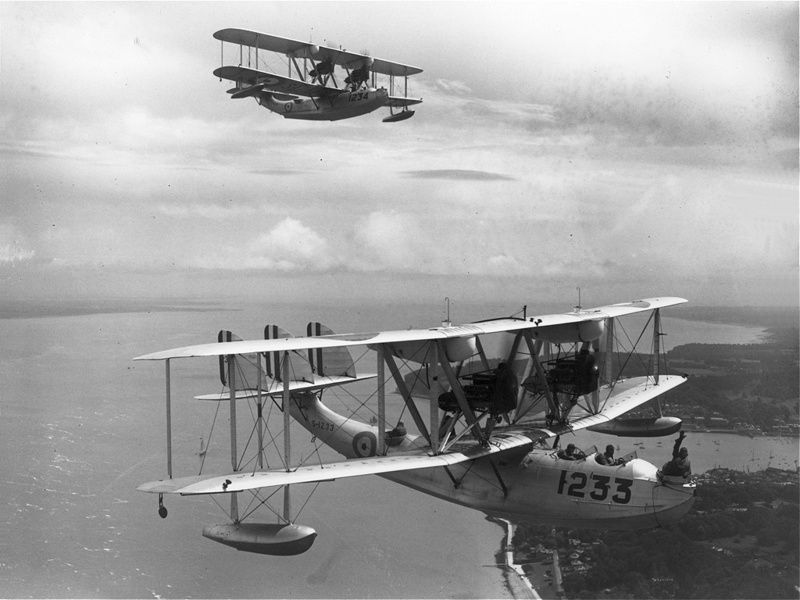
The end of WWI and the economic boom of the 1920s further increased the popularity of flying boats. The war helped to refine flying technology to the point where passenger airplanes could compete with ocean liners for luxurious transatlantic voyages. Although transatlantic passenger flights for the general public didn’t become standard until the 1950s, by the 1930s flying boats were a realistic option for the super-rich. Traveling to places like Ireland, Portugal, or Hawaii, which took multiple days in a steamship, took less than 24 hours by floatplane – if you could could pay the $675 (equivalent to $13,000 in today’s dollars) ticket price.
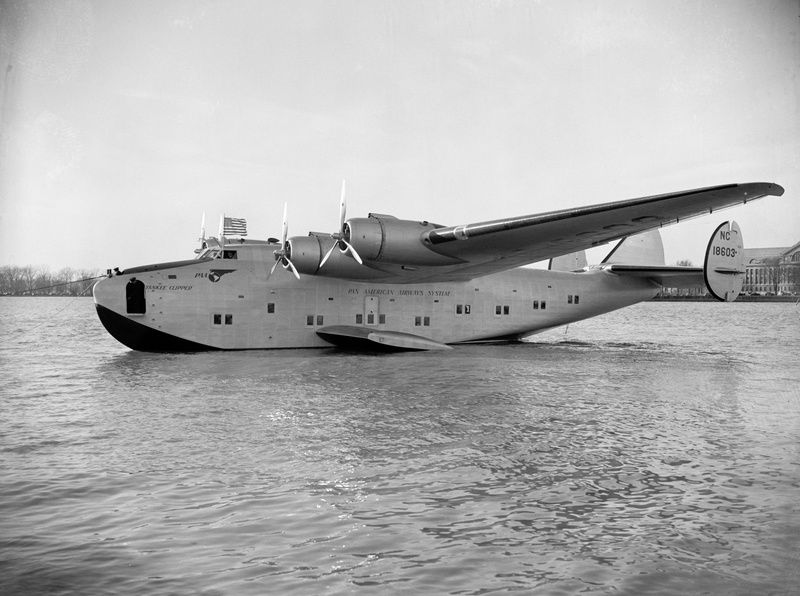
One of the largest and most luxurious flying boats was Pan American’s Yankee Clipper. Built by Boeing in 1938, the Yankee Clipper was a double-decker aircraft fitted with 36 rooms for overnight sleeping accommodation. The plane also boasted an on-board lounge and a dining hall where passengers would be served five-and-six course meals prepared by chefs from 4-star hotels. Before dinner, men and women were provided with separate dressing rooms and waited on by white-coated stewards. It goes without saying, but the level of luxury seen on flying boats like the Yankee Clipper has rarely been matched by any airline since.
As the popularity of flying boats soared during the late 1930s, cities all across the world raced to build marine airports to attract the floatplanes’ luxurious passengers. New York City was no exception. With the completion of LaGuardia Airport’s Marine Air Terminal in 1939, New York was suddenly an important hub for transatlantic voyages by flying boat. The airport even served Pan American’s Yankee Clipper. Although the Marine Air Terminal was completed at the height of their popularity, the “Golden Age of Flying Boats” was about to come to an end.
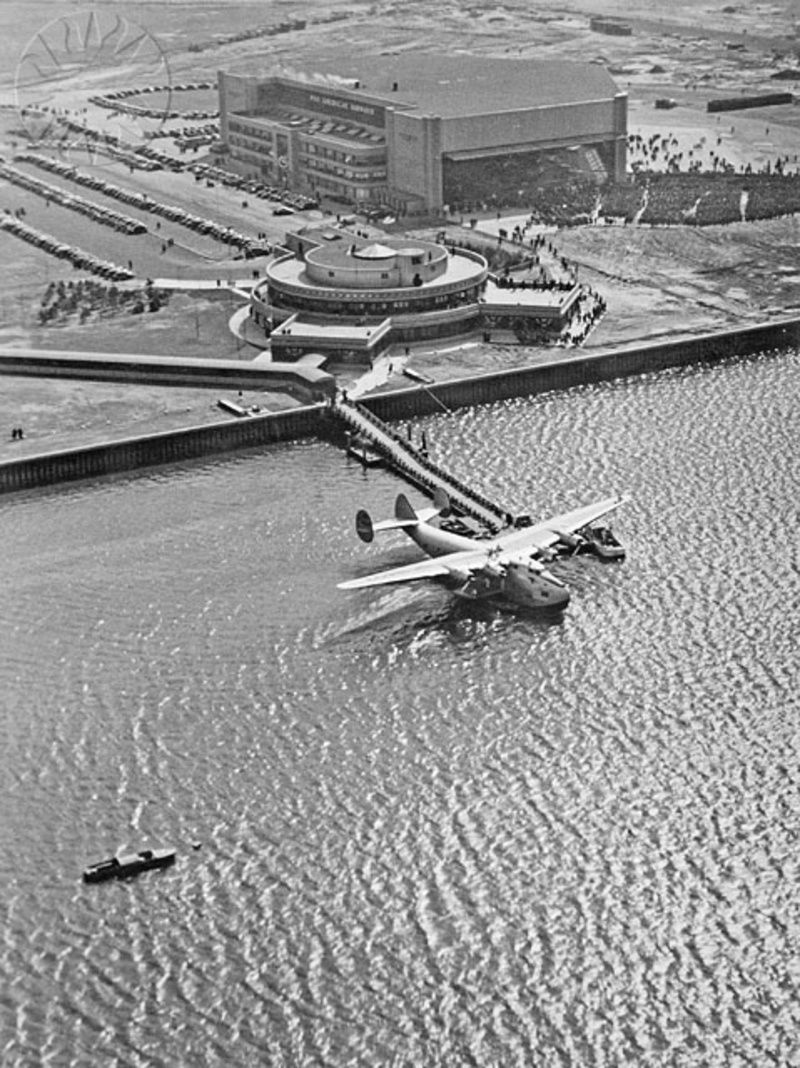
The outbreak of World War II forced the existing floatplanes to be used solely for military purposes. By the time the war ended in 1945, paved airstrips had become commonplace and modern jet airplanes could complete a flying boat’s route in half the time. The cheap cost of gasoline also meant that flying became accessible to the middle class, which shifted airlines’ focus away from luxury travel and towards speed and efficiency.
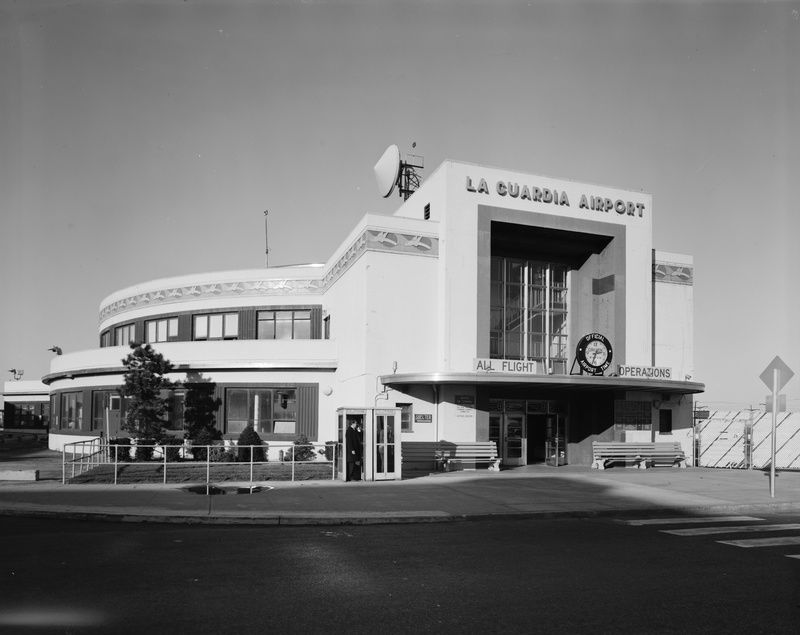
Although the flying boat’s golden age is certainly over, the technology is actually still in use today. Modern flying boats are mainly used to fight forest fires or carry cargo to remote archipelagos. Their large hulls make them more efficient at carrying large quantities of supplies than the typical jet airplane, and their ability to land in water still remains a key advantage. As for LaGuardia’s Marine Air Terminal, it was closed for passenger service in 1952 and fell into disrepair, but it survived long enough to be placed on the National Register of Historic Places in 1982 and restored soon thereafter. Today, it is home to the restored 1942 mural Flight, which depicts humanity’s history of fascination with the skies and prominently displays the Yankee Clipper below.
Next, check out the Top 10 Secrets of Sunnyside, Queens!


